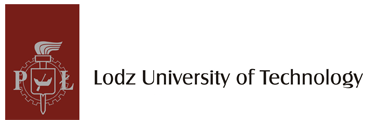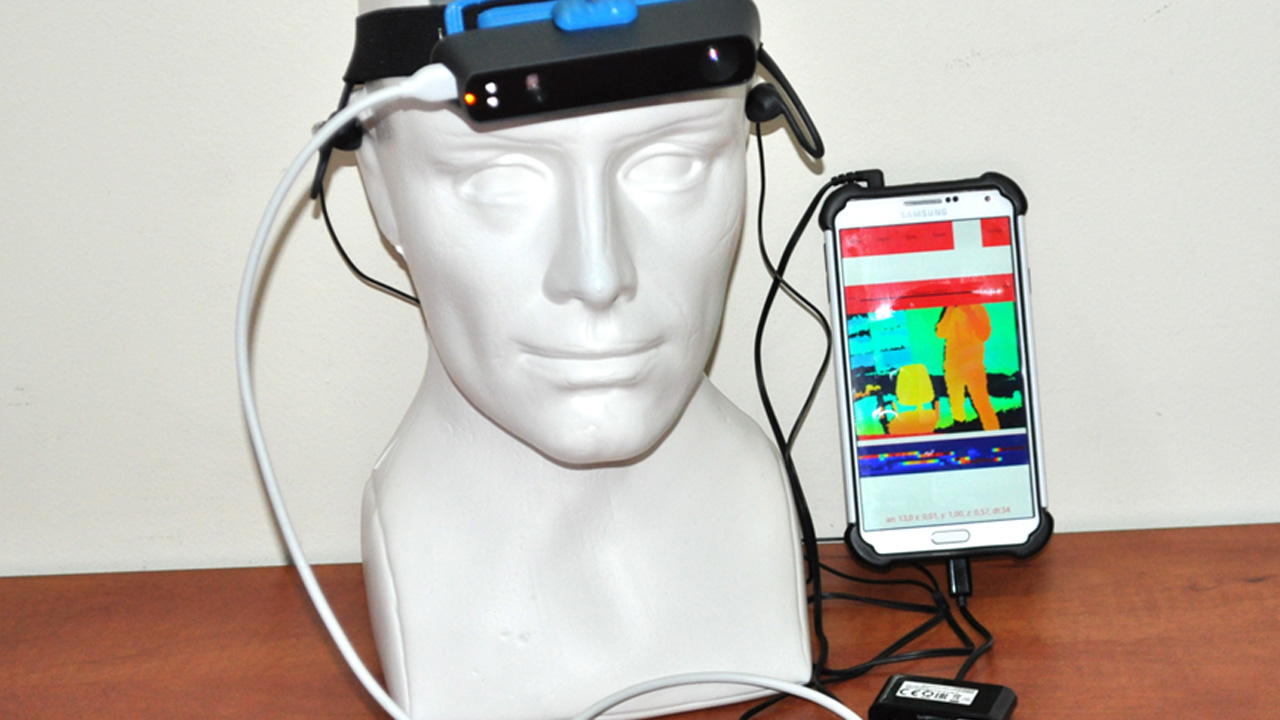
Interactive Sonification of U-depth Images in a Navigation Aid for the Visually Impaired
Introduction
The visually impaired indicate limited mobility as one of the main problems affecting almost all activities of daily living. In this work we demonstrate how the technique of interactive sonifcation can be applied in a simple travel aid for the blind. We use the so-called depth images and their histograms termed "U-depth" which are simpler for auditory representation of the environment to the blind user.
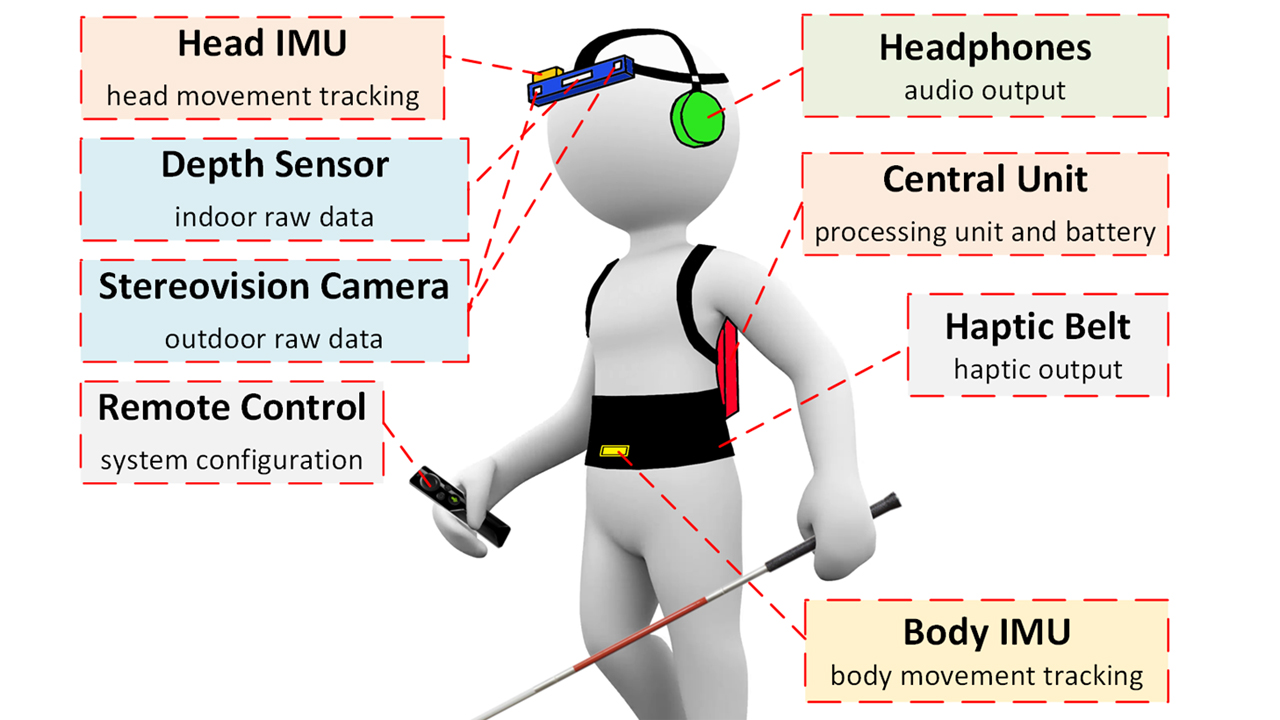
EEG Measurements in Sensory Substitution Systems for Visually Impaired Users
The main objective of the computer vision based sensory substitution systems designed for visually impaired users is to provide the representation of their surroundings with the use of alternative senses. After processing and encoding, visual information is conveyed to the user via one of the intact senses, rather than through the regular visual pathway which is highly degraded or interrupted.
From the technical point of view, one of the biggest and most obvious challenges, both on the hardware and on the software side of the problem, is to ensure the usability of such system in any indoor and outdoor illumination conditions. It must be however remembered, that the way in which the stimulation signals are designed, how they are delivered to the user (for e.g. which senses are utilized), what amount of additional cognitive load is introduced with the developed assistive device and whether it can still be accepted by the user, are much less obvious factors, but eventually have a huge impact on the overall performance of the system.
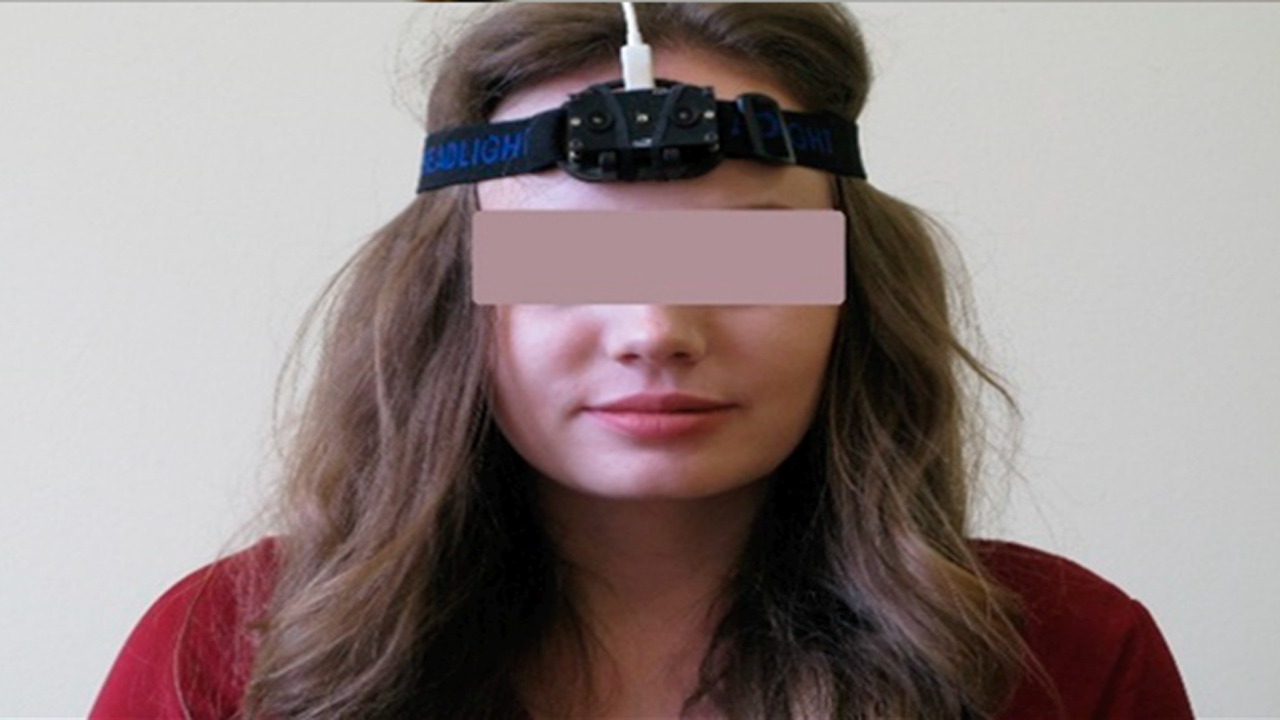
Person independent recognition of head gestures from parametrised and non-parametrised IMU signals
Human–System Interaction (HSI) is currently actively pursued as a separate research field dedicated to the development of new technologies facilitating human communication with systems. Depending on the application, such interaction systems are also referred to as Human–Computer Interfaces (HCI) or more generally human–machine interfaces. The purpose of the research is to develop a hands-free head-gesture controlled interface that can support persons with disabilities to communicate with other people and devices, e.g. the paralyzed to signal messages or the visually impaired to handle electronic travel aids.
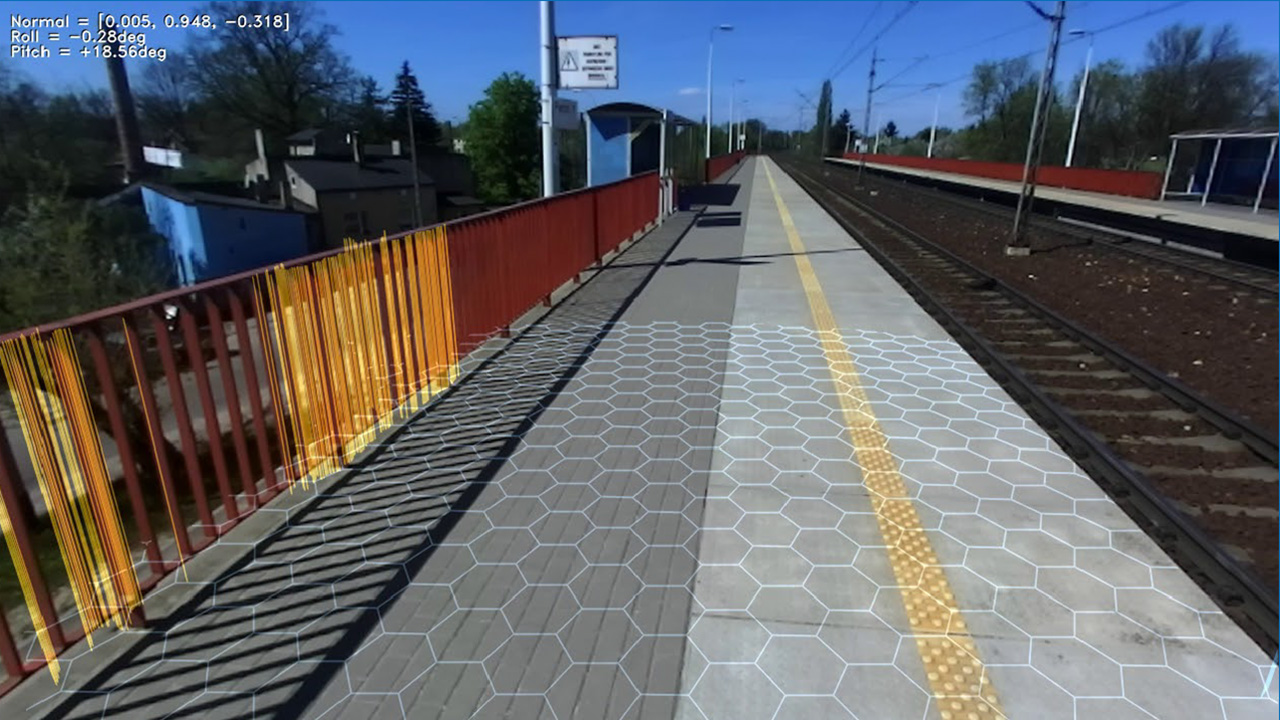
A method for three-dimensional (3D) scene modelling from sequences of depth images in a personal micro-navigation aid for the visually impaired
Building an electronic travel aid (ETA) is a difficult interdisciplinary challenge. In this work we demonstrate how to build a simple model of 3D scenes for the purpose of presenting the environment nonvisually to the visually impaired.
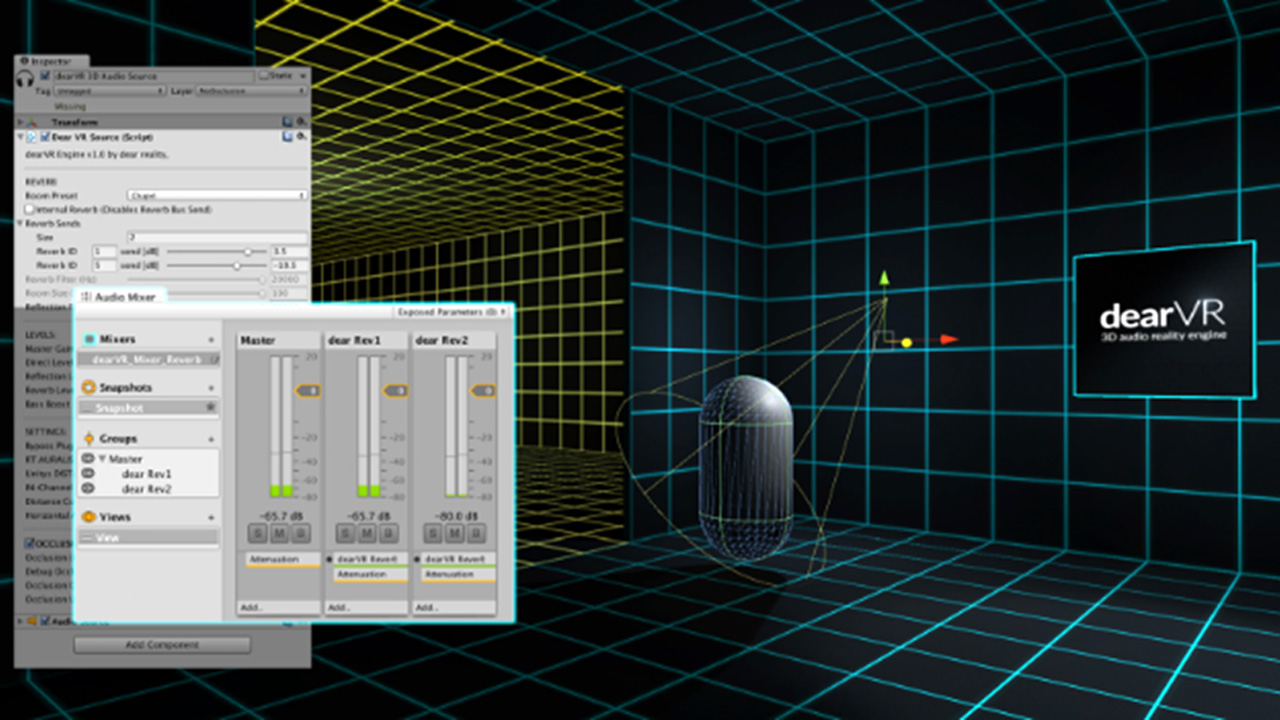
Echovis - echolocation studies for development of a training game
Echolocation is the ability to perceive one’s environment using reflected sounds. Many blind persons have and train this ability, although normally sighted persons can also learn to utilize it. As part of a completed GameInn project the echolocation skills of blind adults, sighted adults and blind children were compared in various tests: static and mobile, indoor and outdoor, in an echoic and in an acoustically padded environment. Results of real life tests were also compared to binaural recordings made with a dummy microphone and virtual audio renders.
Institute Structure – Divisions
Head of the Division
prof. Piotr Szczypiński
Head of the Division
prof. Sławomir Hausman
Electronic Circuits and Thermography Division
Head of the Division
prof. Bogusław Więcek
Address
Institute of Electronics
Lodz University of Technology
Al. Politechniki 10, B-9 building
93-590 Lodz, POLAND
Correspondence address
116 Żeromskiego Str.PL 90-924 Lodz
POLAND
VAT identification number: PL 727-002-18-95

